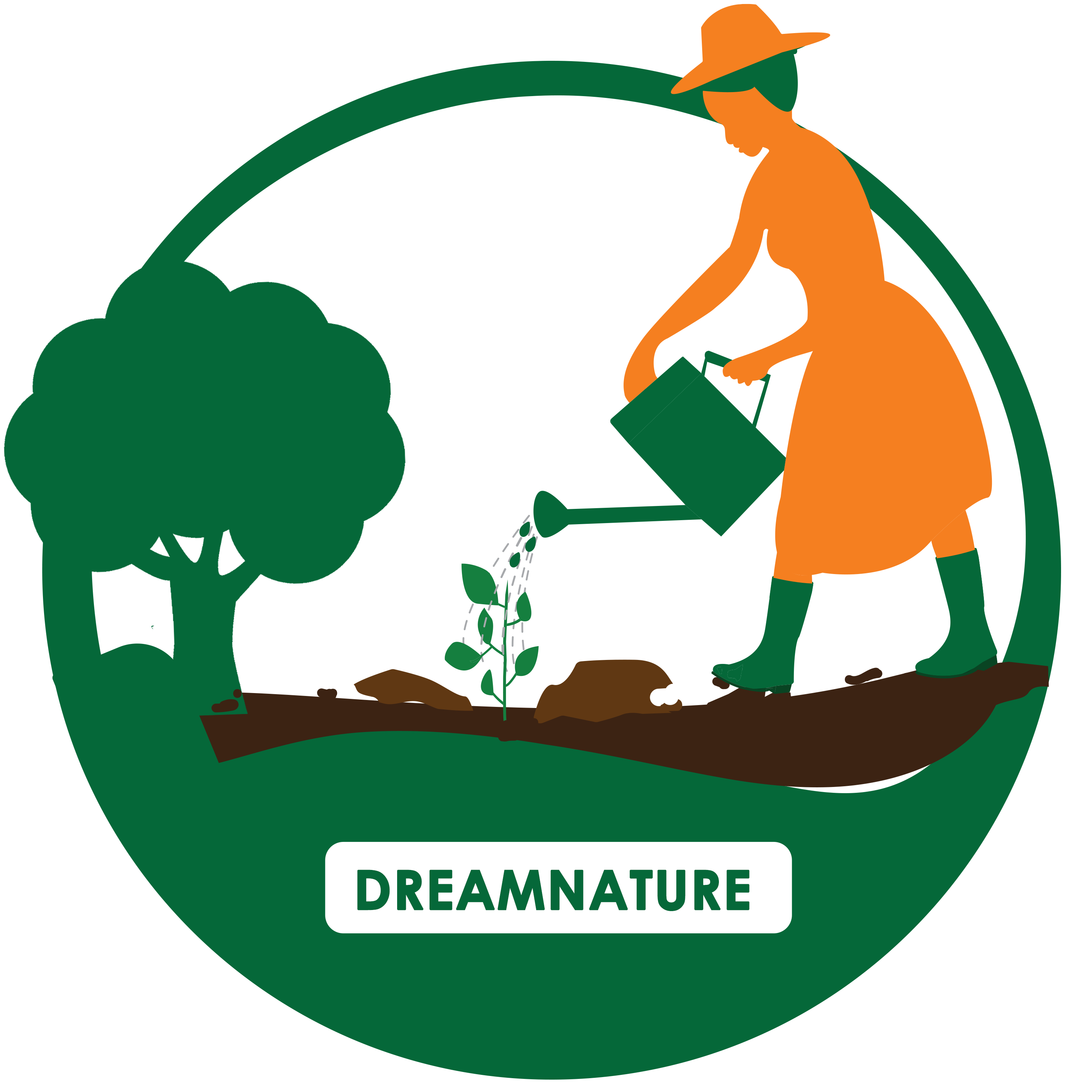At Dreamnature, a registered NGO in Tanzania, we work at the intersection of native tree domestication and community empowerment to tackle deforestation and rural poverty — major threats to both ecosystems and livelihoods.
Our focus is on native trees—species that have naturally occurred in Tanzania’s landscapes for generations and that are increasingly threatened by deforestation and land use change. While projects for reforestation and agroforestry are increasing, many of them focus on fast-growing exotic tree species which are not well adapted to the local conditions and undermine local biodiversity and ecosystem integrity. Our aim is therefore to protect and (re)plant native species which support indigenous wildlife and fulfil multiple economic and cultural functions for local communities.
Our approach is to make these trees more accessible for sustainable use in farming and reforestation. With a dedicated team of forestry and agriculture experts, we:
- Identify native tree species with high ecological and economic value for use in syntropic agroforestry systems
- Support the recovery of endangered species through seed collection, propagation, and planting
- Integrate Indigenous knowledge and local perspectives to strengthen community-led conservation and participatory domestication
- Provide training and capacity building for farmers to establish syntropic agroforestry systems on their farmland
By contributing to forest conservation and supporting local communities, we help build a more resilient and biodiverse future. Through past projects and collaborations, we have already trained hundreds of farmers and planted more than 25 000 native trees.
Currently, our main activities include our project “A Food Forest for Us”, applied research on spice-based agroforestry systems in the Eastern Arc Mountains and trainings in syntropic agroforestry for farmers in Mgeta (a division in the Uluguru mountains, close to Morogoro, Tanzania) in collaboration with the APOPO heroTREEs project and the Mgeta Livelihood Division Foundation.
